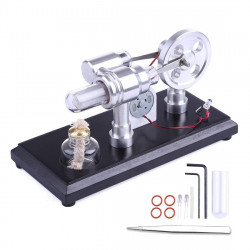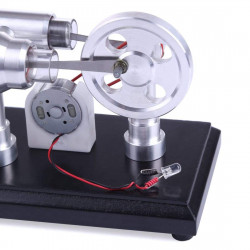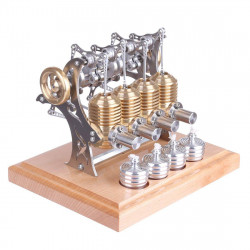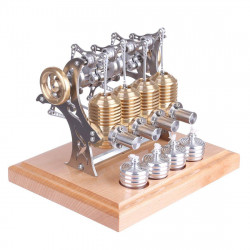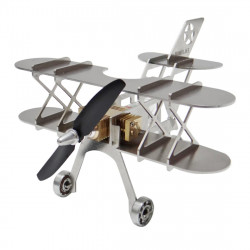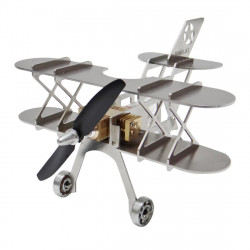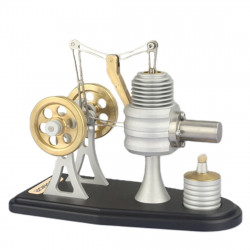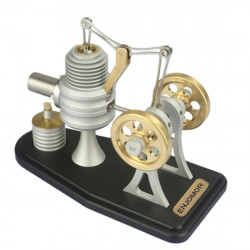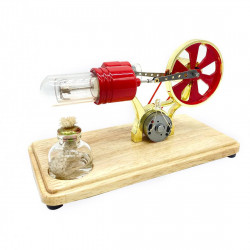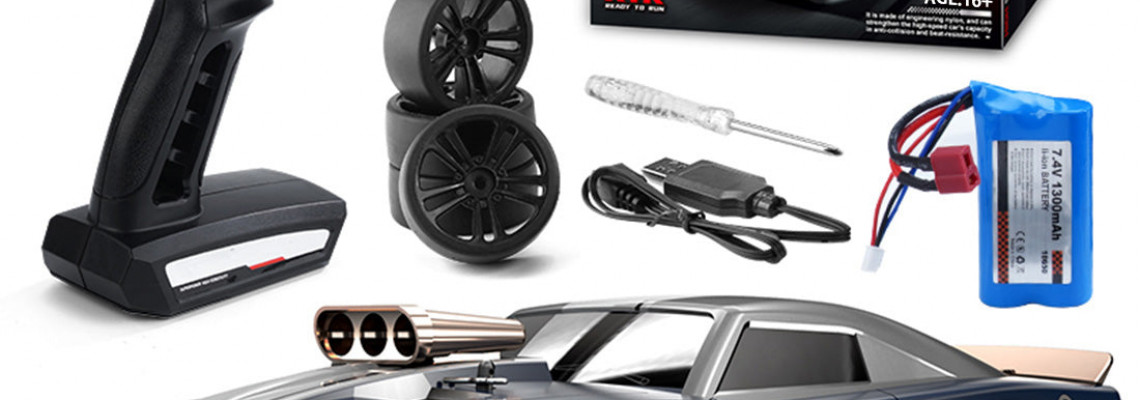
How do I install an LED kit on my RC?
Adding an LED lighting kit to your RC car is a fantastic way to showcase it and enjoy nighttime driving. Ready-to-use LED packs are available that you just install and then connect to the receiver to light up your radio-controlled car, or you can purchase your LEDs separately and build your own lighting system by attaching them with resistors.
Which LED pack should I choose for my RC?
Automobile lighting can be installed in various ways, including DIY LED parts, universal lighting kits, and kits specific to each model. We will concentrate on universal LED packs because installation instructions are frequently included in a manufacturer's kit made for a specific model.
You can find the following kinds of universal lighting packages:
- Basic kits: As soon as you start your automobile, the lights turn on.
- Kits with a switch: Using a push button, you can choose whether or not to turn on the lights.
- Advanced kits: The radio control controls the illumination (at least three channels).
- Kits with controller: LEDs for the brake, turn signal, etc., light up quite realistically.
When you first start RC modeling, the easiest way to add headlights to your car is to select a basic or complete kit from the manufacturer.
How to install lighting on your car?
Step 1: Drill the bodywork
Arranging your bodywork to make room for the LED supports is the first stage. To ensure that your supports are securely fastened to the bodywork, we recommend that you always use tools specifically designed for cutting Lexan and drill holes that are just a tiny bit smaller than your supports, even if this means gradually widening them.
Step 2: Install the LED brackets
The LED supports, sometimes known as "light buckets," need to be glued or screwed into the bodywork at the specified positions. In addition to housing the LEDs and guiding their light beam, they also serve to highlight the car's realism and can be painted.
Step 3: Attach the LEDs
You can now attach your LEDs after installing your brackets in the bodywork. Screws or a glue point are used to insert them into the light buckets.
Step 4: Secure the cables
Attach the wiring with adhesive tape after routing it along the bodywork. Make sure the cables are hidden from view from the outside if your body has transparent windows and a windshield.
Step 5: Connect your LEDs
To obtain access, take off the receiver cover once the lights are mounted and the cables are fastened. Use a free channel to connect the LEDs to the receiver. After putting the receiver cover back on, make sure all of the wires and connectors are in place and not blocking anything. That's it!
The lights will now turn on automatically when you power on your remote-controlled vehicle and connect your batteries. The lights in your car go out when you turn them off. That's how easy it is. Your remote-controlled cars will look fantastic and contribute to everyone's safety when driving at night.
